Preface
It is not the exotic origin, spiced piquant kick nor
alluring golden, warm hue that has cemented turmeric into culinary infamy, but rather
its other impressive properties.
Turmeric has long stood as a prominent ingredient
and principal spice in cuisine, with its desired presence gaining momentum in recent
Years.
Despite this recent revival in popularity, the striking plant has a protracted history,
traceable back to the Vedic culture in India, around 4000 years ago. It was praised
for its medicinal use as well as holding a pious status in religious ceremonies and
due to its bright, cannery yellow color, turmeric has claimed the informal title of
'Indian saffron'.




















